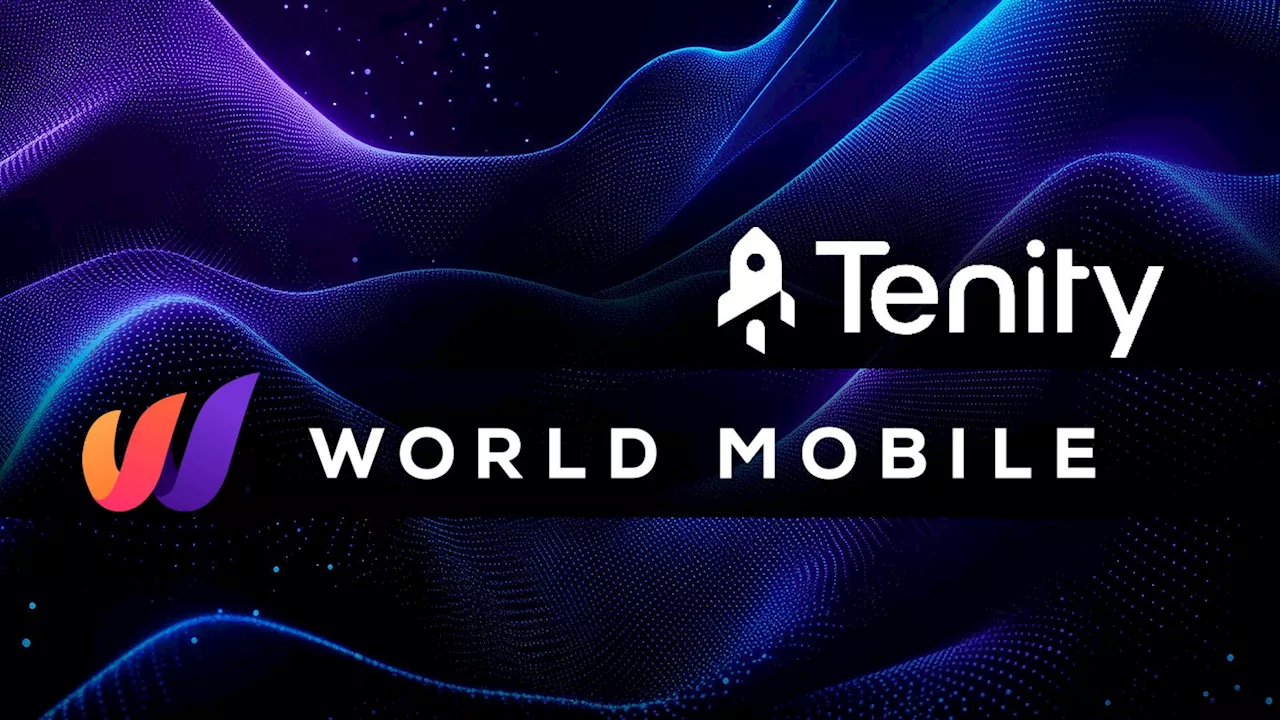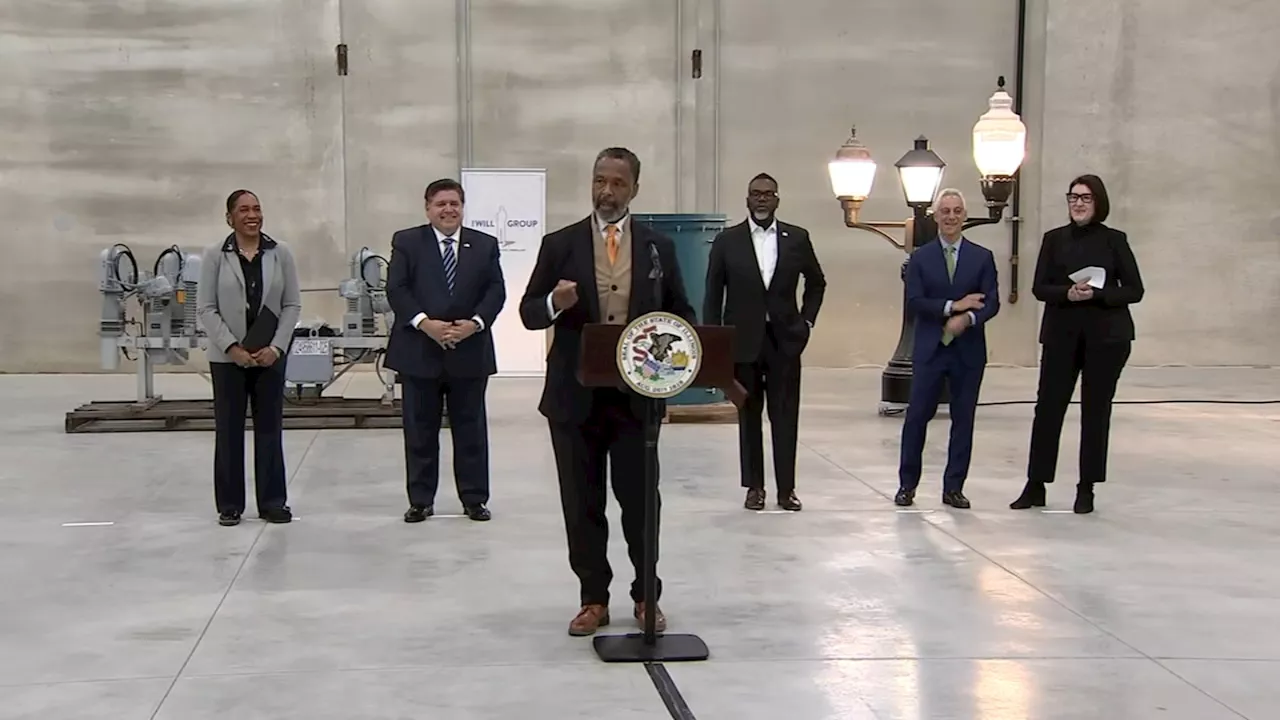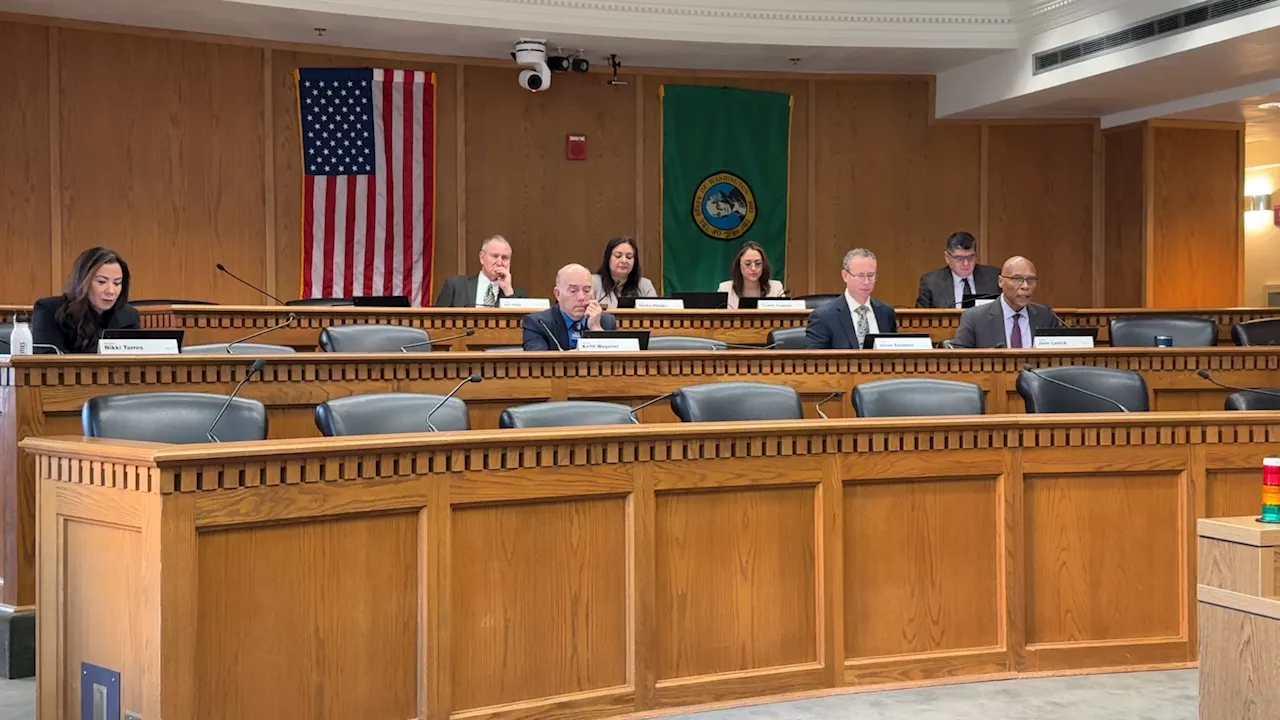The federal Pell Grant program, crucial for college affordability, is projected to face a $2.7 billion shortfall. This potential crisis could lead to reduced eligibility or smaller grant amounts for students, highlighting the need for congressional action to address the funding gap.
The federal Pell Grant program, a cornerstone of college affordability for low- and middle-income students, is facing a projected funding shortfall of $2.7 billion later this year. If Congress fails to address this deficit, students could see reduced eligibility for grants or smaller award amounts for the first time in over a decade, according to Michele Zampini, senior director of College Affordability at The Institute for College Access & Success.
This potential crisis arises despite recent efforts to simplify the Free Application for Federal Student Aid (FAFSA) and expand Pell Grant eligibility, aiming to increase access to higher education and financial support for students in need.The new, simplified FAFSA, which debuted in 2023, was designed to streamline the application process and make it easier for more students to qualify for Pell Grants. Data from the Department of Education reveals a promising trend: a surge in the number of Pell Grant recipients. As of December 31, 2023, over 9.3 million applicants for the 2024-25 academic year were eligible for a Pell Grant. Among recent high school graduates entering college for the first time, the number of Pell recipients increased by 3.3% compared to the previous year, representing an additional 30,000 students. This positive growth, however, coincides with a significant increase in college enrollment, reversing a post-pandemic decline. Freshmen enrollment jumped by 5.5% this fall compared to the previous year, with the most notable gains among students from low-income backgrounds. This surge in enrollment, coupled with the expanded eligibility criteria for Pell Grants, has strained the program's budget. Mark Kantrowitz, a higher education expert, points out that the program's funding model, which relies on both mandatory and discretionary funding, is particularly vulnerable to these fluctuations. Congress appropriates discretionary funds based on projected costs, leading to a potential mismatch between actual expenses and available funding. If Congress fails to provide supplemental funding to bridge this gap, the U.S. Department of Education may be forced to make difficult decisions, such as reducing eligibility or cutting average grant amounts. Furthermore, rising tuition and fees, coupled with the potential for future inflation adjustments to the maximum Pell Grant award, could exacerbate the funding crisis, leading to even greater deficits in the coming years.
Pell Grant Higher Education Student Aid Funding Crisis College Affordability
United States Latest News, United States Headlines
Similar News:You can also read news stories similar to this one that we have collected from other news sources.
 Pell Grant Program Faces $2.7 Billion Funding ShortfallThe federal Pell Grant program is projected to face a $2.7 billion funding shortfall later this year, potentially leading to eligibility or funding cuts for students for the first time in over a decade. The shortfall is partly attributed to increased enrollment and changes to eligibility criteria that expanded the program's reach. Congress may need to provide supplemental funding to avoid these cuts.
Pell Grant Program Faces $2.7 Billion Funding ShortfallThe federal Pell Grant program is projected to face a $2.7 billion funding shortfall later this year, potentially leading to eligibility or funding cuts for students for the first time in over a decade. The shortfall is partly attributed to increased enrollment and changes to eligibility criteria that expanded the program's reach. Congress may need to provide supplemental funding to avoid these cuts.
Read more »
 Looming $2.7 billion Pell Grant shortfall poses a new threat for college aidThe Congressional Budget Office last month released Pell Grant program projections, which now estimate a $2.7 billion funding shortfall later this year.
Looming $2.7 billion Pell Grant shortfall poses a new threat for college aidThe Congressional Budget Office last month released Pell Grant program projections, which now estimate a $2.7 billion funding shortfall later this year.
Read more »
 Velar Launches BTC Name Grant Program to Simplify Bitcoin Transactions and Foster Ecosystem GrowthVelar, a decentralized finance protocol on Bitcoin, has launched the BTC Name Grant Program to unify digital identities on the Stacks network and streamline on-chain transactions. The initiative aims to increase the adoption of the .BTC digital identity standard, reducing manual errors and making the Bitcoin ecosystem more accessible. Dozens of Stacks projects, including ALEX, Bitflow, Hermetica, and StackingDAO, have partnered with Velar and contributed over 6,000 STX to incentivize user adoption. The program will reimburse users who claim their .BTC names through platforms like BNS ONE and BNS.Market. This initiative builds upon Velar's previous success with the Return to Ape campaign and aims to revitalize user engagement within the Bitcoin ecosystem.
Velar Launches BTC Name Grant Program to Simplify Bitcoin Transactions and Foster Ecosystem GrowthVelar, a decentralized finance protocol on Bitcoin, has launched the BTC Name Grant Program to unify digital identities on the Stacks network and streamline on-chain transactions. The initiative aims to increase the adoption of the .BTC digital identity standard, reducing manual errors and making the Bitcoin ecosystem more accessible. Dozens of Stacks projects, including ALEX, Bitflow, Hermetica, and StackingDAO, have partnered with Velar and contributed over 6,000 STX to incentivize user adoption. The program will reimburse users who claim their .BTC names through platforms like BNS ONE and BNS.Market. This initiative builds upon Velar's previous success with the Return to Ape campaign and aims to revitalize user engagement within the Bitcoin ecosystem.
Read more »
 World Mobile and Tenity Launch $25 Million Grant Program to Boost DePIN InnovationWorld Mobile, a decentralized telecom platform, has partnered with global investor Tenity to launch a $25 million grant program aimed at fostering innovation in decentralized physical infrastructure networks (DePIN). The program will provide funding and mentorship to DePIN projects addressing key challenges in decentralization, blockchain adoption, governance, identity management, and tokenization of real-world assets (RWAs).
World Mobile and Tenity Launch $25 Million Grant Program to Boost DePIN InnovationWorld Mobile, a decentralized telecom platform, has partnered with global investor Tenity to launch a $25 million grant program aimed at fostering innovation in decentralized physical infrastructure networks (DePIN). The program will provide funding and mentorship to DePIN projects addressing key challenges in decentralization, blockchain adoption, governance, identity management, and tokenization of real-world assets (RWAs).
Read more »
 Illinois and Chicago Launch $10 Million Grant Program to Support Historically Underrepresented Businesses and Small BusinessesIllinois and Chicago leaders announced a new grant program to support businesses owned by historically underrepresented populations and small businesses. The program will provide $10 million in funding for eligible projects, aiming to create sustainable growth, improve efficiency, and generate jobs.
Illinois and Chicago Launch $10 Million Grant Program to Support Historically Underrepresented Businesses and Small BusinessesIllinois and Chicago leaders announced a new grant program to support businesses owned by historically underrepresented populations and small businesses. The program will provide $10 million in funding for eligible projects, aiming to create sustainable growth, improve efficiency, and generate jobs.
Read more »
 Legislators consider grant program to support police hiringSupporters of the bill, including newly sworn-in Gov. Bob Ferguson, say the police funding grant is necessary. However, the state's massive budget deficit looms over the session.
Legislators consider grant program to support police hiringSupporters of the bill, including newly sworn-in Gov. Bob Ferguson, say the police funding grant is necessary. However, the state's massive budget deficit looms over the session.
Read more »
